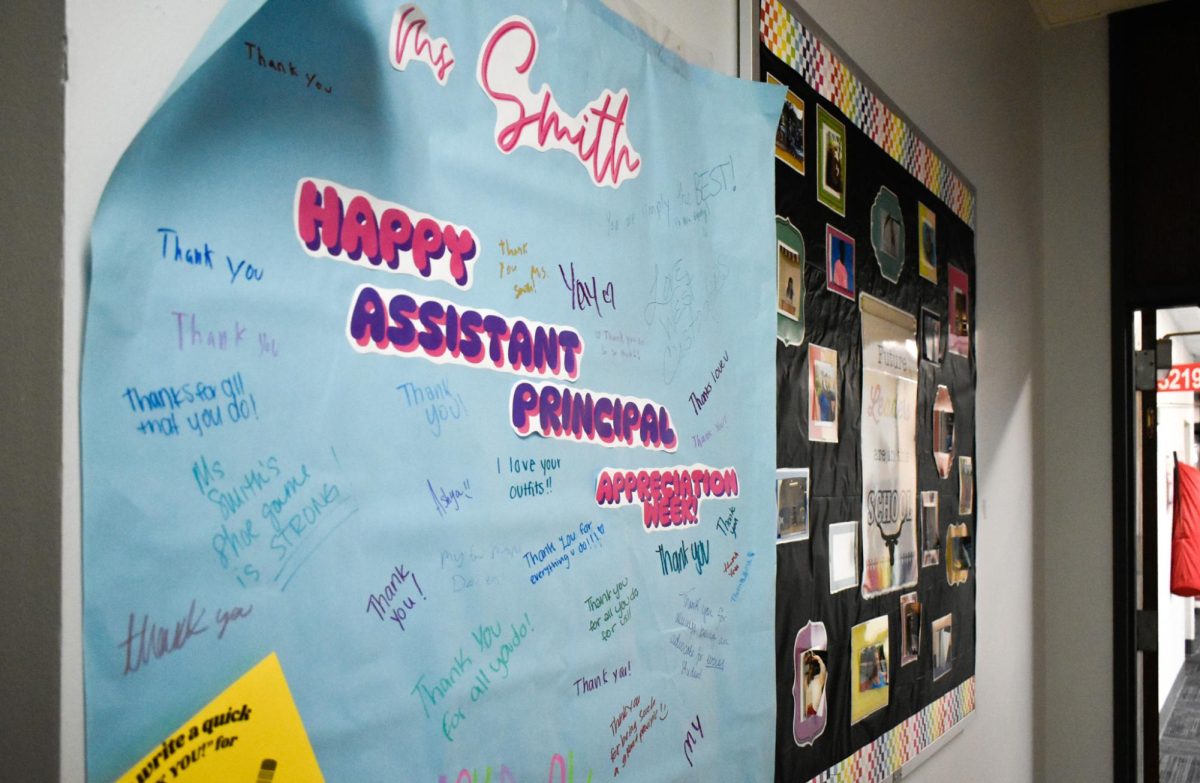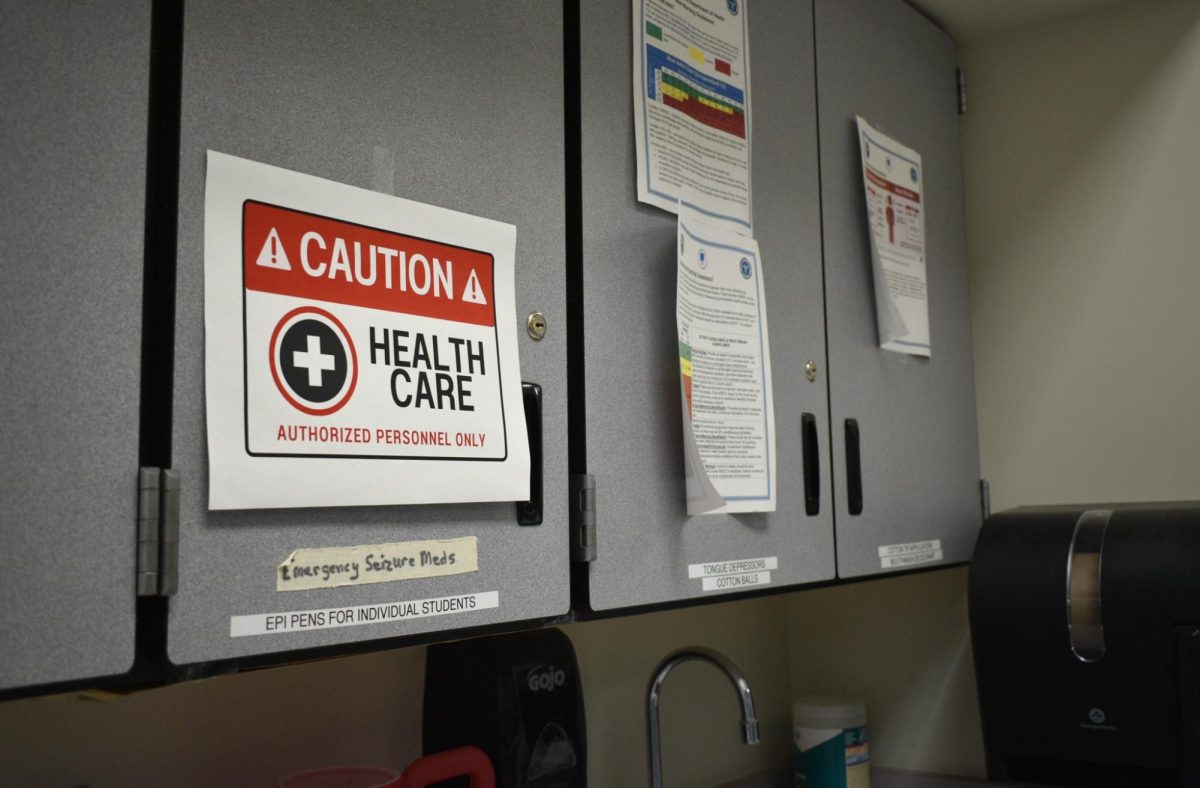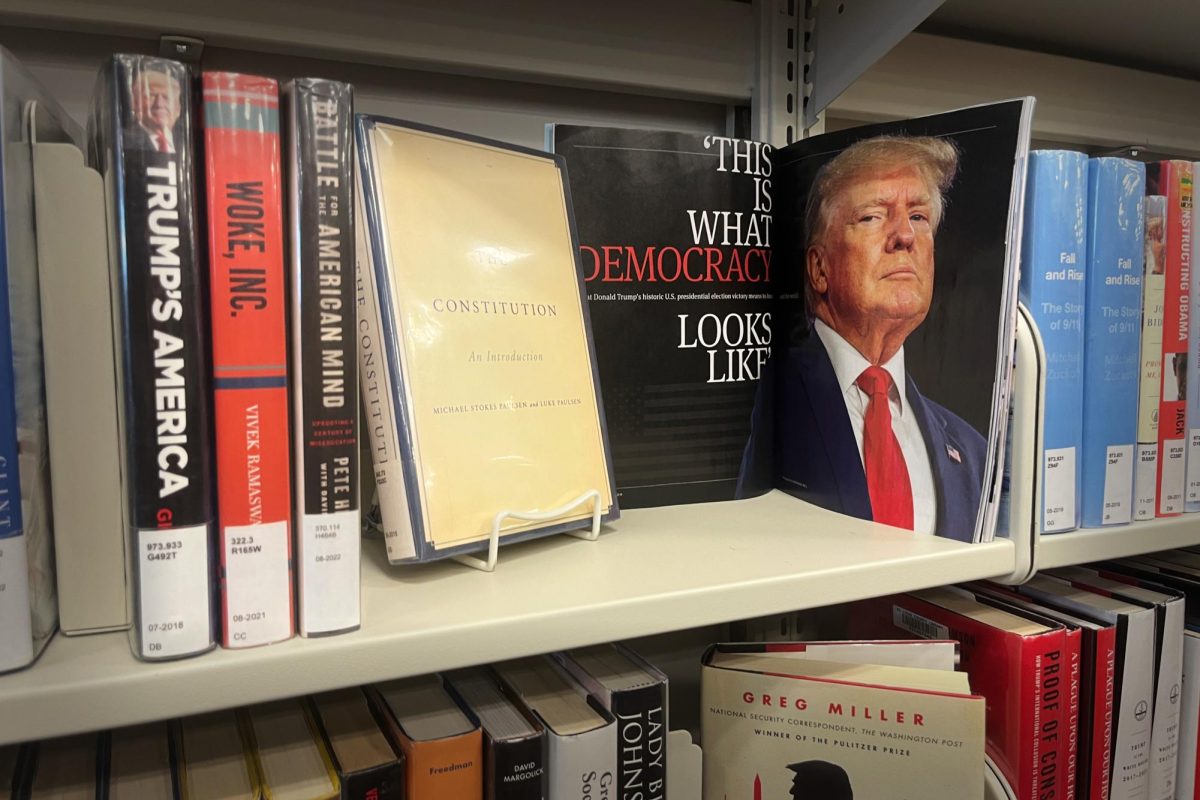Picture this: You are driving down Manchester during the middle of the day. There are no other cars on the road, so being extremely cautious is not necessary. You see a traffic light turn yellow and speed up to make it through. Just before you make it to the intersection, the light turns red, but you pass through anyway without disturbing any other drivers. No policemen are in the area, so you figure that it’s no big deal. A week later, a letter from the police department comes in your mail with a picture of the back of your car crossing an intersection, demanding that a ticket be paid for running a red light.
Similar versions of this story are becoming common in West County as more and more intersections are incorporating the use of red light cameras. Red light cameras are set up to take a picture before the car enters the intersection, as well as when the car is in the intersection.
Officials then decide whether a violation occurred or not. They are then able to get a clear enough picture to identify the driver through the license plate. The ideology behind this is that it will reduce the accident rate as well as providing a cheaper, easier way to enforce safety and traffic laws.
According to the New Jersey Department of Transportation, the amount of citations given out on two different intersections with red light cameras decreased dramatically in the first two years they were in use. There was also a 50% decrease in right angle crashes (t-bone crashes) and a 29% decrease in same direction crashes (rear-end crashes).
Not only are these cameras improving the overall safety of traffic, they are saving local governments form spending thousands of dollars on cleaning up car accidents. The overall cost of crashes at both intersections was decreased by $119,900 in the second year the cameras were installed.
These statistics are not exactly applicable to the good people of St. Louis County, but they give a factual representation of the effect of the cameras.
For a better perspective, a study done by the Missouri Department of Transportation showed a 44.7% decrease in severe right angle crashes after red light cameras were installed. A severe right angle crash is defined as a crash that results in a fatality or serious injury.
While the tickets given out for these violations may not always be fair or accurate, the numbers don’t lie. The integration of red light cameras make the roads a safer place while also being economically efficient.
The system that is used to process these tickets could definitely use some work, seeing as how in Missouri tickets can be issued to people with only evidence of car identification, not driver identification. In other words, when these tickets are issued, you are guilty until proven innocent without substantial evidence, which is not due process of law and unconstitutional by definition.
Although it may not be the popular choice, I am all for the use of red light cameras. With a few minor tweaks to its system, it could be a fair way to regularly monitor the safety of intersections while being cost-effective.
Disclaimer: The views and opinions expressed in this article are those of the authors and do not necessarily reflect the official position of the Parkway School District.

![Leaning on the podium, superintendent Melissa Schneider speaks to Parkway journalism students during a press conference. Schneider joined Parkway in July after working in the Thompson School District in Colorado. “My plan [to bond with students] is to get things on my calendar as much as possible. For example, being in [classes] is very special to me. I am trying to be opportunistic [meeting] kids [and] being in [the school] buildings. I have all the sports schedules and the fine arts schedules on my calendar, so that when I'm available, I can get to them,” Schneider said.](https://pwestpathfinder.com/wp-content/uploads/2025/09/IMG_5425-1200x943.jpeg)


![Red, white and blue, the American flag holds the values of our democracy. The fight that we once endured has returned, as student journalists and senior correspondents across the country are losing their voices due to government control. “[Are] the White House and [the] government limiting free speech [and] freedom of the press? Yes [they are],” chief communications officer of the Parkway School District and former journalist Elisa Tomich said.](https://pwestpathfinder.com/wp-content/uploads/2025/03/Untitled-design-14.jpg)
![A board in the Parkway West counseling department displays pennants of selective universities. With a wide range of students interested in attending, it’s important that these schools have clear priorities when deciding who to admit. “[Washington University] had the major that I wanted, psychology, philosophy, neuroscience. That's a holistic study of the brain, and [WashU is] the only college in the world that offers that. That's the main reason I wanted to go; I got into that program,” senior Dima Layth said.](https://pwestpathfinder.com/wp-content/uploads/2025/02/Flag-1.png)

![Within the U.S., the busiest shopping period of the year is Cyber Week, the time from Thanksgiving through Black Friday and Cyber Monday. This year, shoppers spent $13.3 billion on Cyber Monday, which is a 7.3% year-over-year increase from 2023. “When I was younger, I would always be out with my mom getting Christmas gifts or just shopping in general. Now, as she has gotten older, I've noticed [that almost] every day, I'll open the front door and there's three packages that my mom has ordered. Part of that is she just doesn't always have the time to go to a store for 30 minutes to an hour, but the other part is when she gets bored, she has easy access to [shopping],” junior Grace Garetson said.](https://pwestpathfinder.com/wp-content/uploads/2024/12/DSC_0249.JPG-1200x801.jpg)

![Senior Sally Peters stands in the history hallway, contemplating her choices in the 2024 United States and Missouri elections on Nov. 5. As a member of Diplomacy Club, Peters has discussed key candidates and issues in contemporary American politics. “[As students], we're starting to become adults. We're realizing how much the policies that are enforced and the laws that make it through the House and Senate are starting to affect us. [Opportunities such as] AP [U.S.Government] and Diplomacy Club [make elections feel] a lot more real,” Diplomacy Club vice president and senior Nidhisha Pejathaya said.](https://pwestpathfinder.com/wp-content/uploads/2024/10/Flag-1-1.png)
![Mounting school pressure can leave many students overworked and overstressed. Schools must give students the necessary resources to help assuage student mental health issues and prevent the development of serious crises. “The biggest thing [schools] can do [to protect student mental health] is offer more time [to do work], like a study hall, or offer more support from teachers so that students don't feel stressed out and can get help in areas that they need,” senior Bhavya Gupta said.](https://pwestpathfinder.com/wp-content/uploads/2024/09/unnamed-4.jpg)